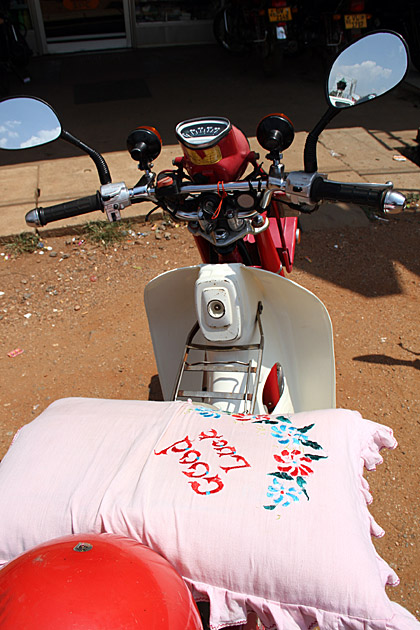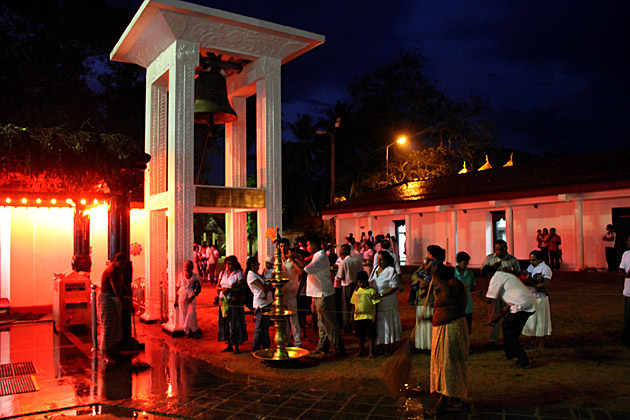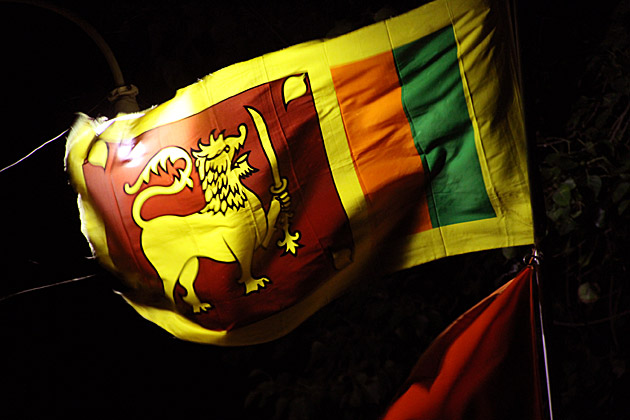Book Your Travel Health Insurance Here
Good morning, class, and welcome to Advanced Sri Lankan Driving. I’ll be your substitute instructor today, as Mr. Pinnaduwa was fatally injured in a brutal head-on crash last night. Let’s get right to it, shall we?
Lesson One: Honking
Before starting the engine, make sure to test your car’s horn. It’s your most important weapon and strongest defense, and you’ll be making frequent use of it. Let’s review the three most important uses of the horn.
1. When approaching intersections. Honking your horn immediately before reaching an intersection allows you to sail through without slowing down.
2. When passing cyclists. By alerting the cyclist to your presence, you minimize the chance of collision. Your proximity to the cyclist when you honk, and the strength of your horn, are important factors in determining how far to the left he will lurch. A loud, perfectly-timed honk can even cause the cyclist to fall from his bike, off the road, which is the safest place for him to be, anyway. (This also applies to pedestrians).
3. All other times. Using your horn to say “hello” to buddies is safer than leaning out your window. Use it to express annoyance. When in gridlock, keep the horn pressed. When rounding curves, honk your horn. Use it to jam along to the beat of the song blaring from the radio.
Lesson Two: Overtaking
Not only will it get you there faster, but passing other cars is one of the joys of driving. What’s more, it’s absolutely safe to do, in almost any situation.
Exercise: You’re driving a tuk-tuk, and stuck behind a row of three school buses. A jeep is heading towards you in the opposite lane. There’s a 30% chance you could pass the first school bus, a 15% chance of passing the second, and a 5% chance of overtaking the third. What do you do?
Solution: You pass all three. This is a trick question, and most students will have answered “pass two”. The general rule of the Sri Lankan road does state that you should pass if there’s a 10% chance of success. But this exercise said that you were in a tuk-tuk, which of course means you always pass. The “10%” rule is also waived for people with dominant attitudes and/or powerful cars.
Lesson Three: Painted Lines
Not often, but every once in awhile, you’ll see white painted lines in the road. What do these mean? Ah, this is a real mystery! The fact is, these lines have no meaning and you should ignore them. There’s disagreement as to whether they’re purely decorative, or serve some as-yet-unknown purpose. At any rate, they are annoyances which should be completely disregarded.
Thanks for your attention, class, and enjoy the weekend. Next week we’ll concentrate on the “Always Accelerating” method of driving, and examine why the “wrong” lane is usually the “right” lane to be in.
–No Itchy Mosquito Bites




I’m waiting for the oh-so-important class on “Potholes 101”. For example, do you dodge them, or do you use them to catapult ahead of the car in front of you?Excellent entry! Hilarious!
Loved reading all your posts. This one had me in stitches because it’s so true!!! Imagine having to go through this all your life, cause BTW I am a Sri Lankan. Was a little saddened reading about the touts and the guards at the elephant orphanage etc. I really do hope the authorities will do something about the menace they pose to tourists. My apologies on their behalf as a Sri Lankan. Hope you enjoy the rest of your stay!!!
This is hilarious.
But there are good drivers in Sri Lanka too. Trick is to find them 🙂